Home>Furniture>Outdoor Furniture>How To Build Your Own Patio Furniture
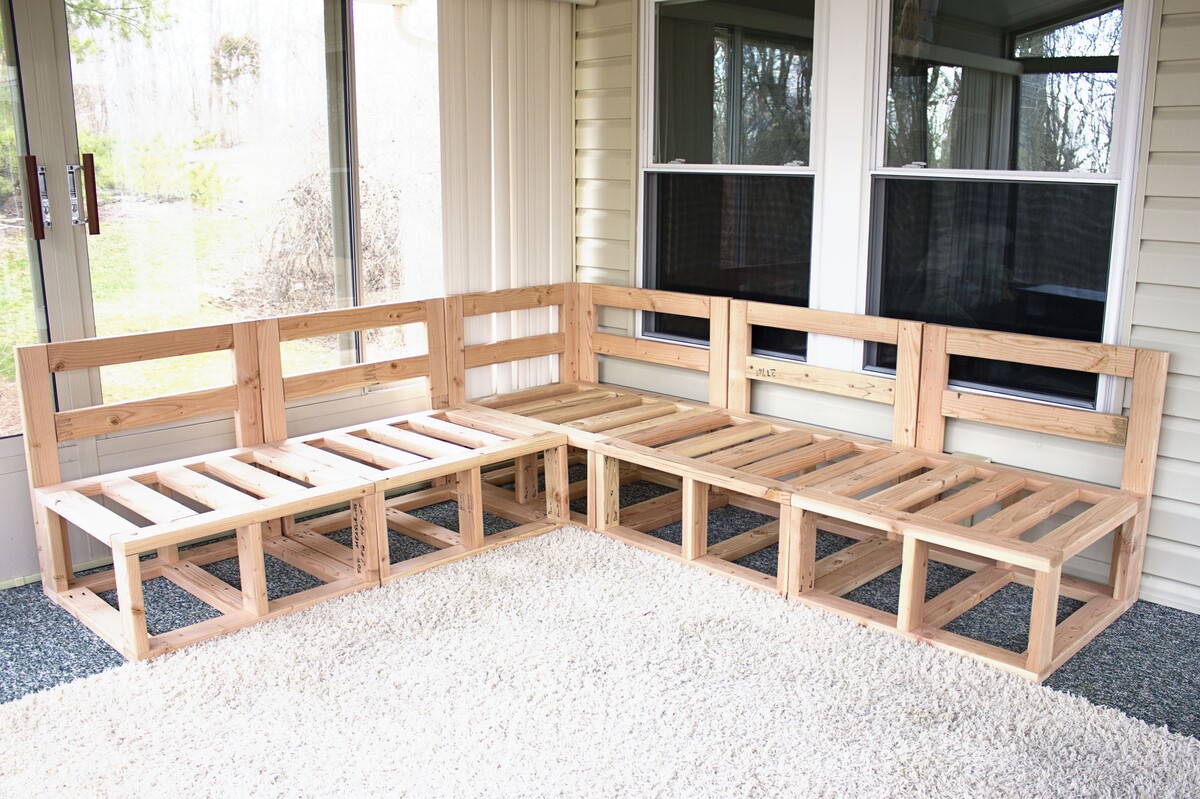

Outdoor Furniture
How To Build Your Own Patio Furniture
Modified: March 7, 2024
Discover how to create stunning outdoor furniture for your patio with our step-by-step guide. Save money and customize your outdoor space with DIY projects and expert tips.
(Many of the links in this article redirect to a specific reviewed product. Your purchase of these products through affiliate links helps to generate commission for Storables.com, at no extra cost. Learn more)
Introduction
Welcome to the world of outdoor furniture! If you’re someone who loves spending time in your backyard or patio, having the right furniture can make all the difference. Not only does it provide a comfortable space to relax and unwind, but it also adds style and functionality to your outdoor living area.
While there are plenty of pre-made outdoor furniture options available in the market, building your own patio furniture can be a rewarding and cost-effective DIY project. Not only does it allow you to customize the design and size according to your preferences, but it also gives you the opportunity to showcase your craftsmanship.
In this article, we will guide you through the process of building your own patio furniture. We will cover everything from choosing the right materials to adding the finishing touches. So, grab your tools and let’s get started on creating the perfect outdoor oasis!
Subtitle: Choosing the Right Materials
When it comes to building outdoor furniture, choosing the right materials is crucial for longevity and durability. Since patio furniture is exposed to the elements, it needs to withstand rain, sun, and other environmental factors. Here are some popular material options:
- Wood: A classic choice for outdoor furniture, wood adds a natural and rustic charm. Cedar, teak, and redwood are popular choices due to their natural resistance to decay and insects. Ensure that the wood is treated or sealed to protect it from moisture.
- Metal: Metals like aluminum and wrought iron are known for their strength and durability. They are resistant to rust and can withstand harsh weather conditions. However, they may require regular maintenance to prevent corrosion.
- Plastic: Plastic furniture is lightweight, affordable, and easy to clean. Look for high-quality, UV-resistant plastic to ensure it doesn’t fade or crack over time.
Subtitle: Designing Your Patio Furniture
Before you start building, it’s important to have a clear design plan for your patio furniture. Consider the overall style and aesthetic of your outdoor space, as well as your specific needs and preferences. Here are a few design ideas to inspire you:
- Classic Adirondack Chairs: These iconic chairs are a staple in outdoor furniture. Their slanted backrest, wide armrests, and comfortable seat make them perfect for lounging.
- Modern Lounge Set: Create a sleek and contemporary look with low-profile lounge chairs and a matching coffee table. Opt for weather-resistant cushions for added comfort.
- Rustic Wooden Bench: If you’re looking for a simple and versatile piece, a wooden bench can be a great choice. Customize the size and add cushions for extra coziness.
Remember to take accurate measurements and create a detailed plan or blueprint before you begin construction. This will help you stay organized and ensure that the finished product meets your expectations.
Key Takeaways:
- Building your own patio furniture allows you to unleash your creativity and create unique, personalized pieces that perfectly suit your outdoor space. From choosing the right materials to adding the finishing touches, every step of the process contributes to the creation of a functional and stylish outdoor oasis.
- By following the tips and steps outlined in this article, you can embark on a rewarding DIY project that will result in beautiful, customized outdoor furniture. Whether it’s a patio table, chairs, a bench, or a sofa, the possibilities are endless.
Read more: How To Build Sectional Patio Furniture
Choosing the Right Materials
When it comes to building outdoor furniture, choosing the right materials is crucial for longevity and durability. Since patio furniture is exposed to the elements, it needs to withstand rain, sun, and other environmental factors. Here are some popular material options:
- Wood: A classic choice for outdoor furniture, wood adds a natural and rustic charm. Cedar, teak, and redwood are popular choices due to their natural resistance to decay and insects. Ensure that the wood is treated or sealed to protect it from moisture.
- Metal: Metals like aluminum and wrought iron are known for their strength and durability. They are resistant to rust and can withstand harsh weather conditions. However, they may require regular maintenance to prevent corrosion.
- Plastic: Plastic furniture is lightweight, affordable, and easy to clean. Look for high-quality, UV-resistant plastic to ensure it doesn’t fade or crack over time.
Each material has its pros and cons, so consider factors such as your climate, budget, and personal preferences before making a decision. For a more eco-friendly option, you can also explore recycled or reclaimed materials.
Wood:
Wood offers a natural beauty and warmth that is hard to replicate. Cedar, teak, and redwood are popular choices for outdoor furniture due to their durability and natural resistance to decay and insects. Teak, in particular, is renowned for its exceptional weather resistance and durability.
When selecting wood for your patio furniture, opt for sustainably sourced or FSC-certified wood to ensure its environmental friendliness. Additionally, treat the wood with a suitable sealant or finish to protect it from moisture and UV rays. Regular maintenance such as cleaning and resealing will help extend the life of your wooden furniture.
Metal:
If you’re looking for strength and durability, metal furniture is a great option. Aluminum is lightweight, rust-resistant, and easy to maintain. It is also highly versatile in terms of design possibilities. However, keep in mind that aluminum furniture can get hot when exposed to direct sunlight, so consider adding cushions or using it in shaded areas.
Wrought iron is another popular choice for outdoor furniture. Its sturdy construction and intricate designs add a touch of elegance to any outdoor space. However, wrought iron furniture requires regular maintenance to prevent rust. Apply a protective coat of paint or sealant to keep it in pristine condition.
Plastic:
Plastic furniture is a budget-friendly and low-maintenance option for outdoor settings. Look for high-quality, UV-resistant plastic that will not fade or crack in the sun. Modern advancements in plastic furniture have made it more durable and aesthetically pleasing. It is also easy to clean with just soap and water.
While plastic furniture may not have the same natural look and feel as wood or metal, it offers practicality and versatility. It is lightweight, making it easy to move around your patio or store during inclement weather.
Remember to consider the specific needs of your outdoor space and the level of maintenance you’re willing to commit to when choosing the right materials for your patio furniture. With the right material, you can create beautiful and durable furniture that will last for years to come.
Designing Your Patio Furniture
Before you start building, it’s important to have a clear design plan for your patio furniture. Consider the overall style and aesthetic of your outdoor space, as well as your specific needs and preferences. Here are a few design ideas to inspire you:
- Classic Adirondack Chairs: These iconic chairs are a staple in outdoor furniture. Their slanted backrest, wide armrests, and comfortable seat make them perfect for lounging. Adirondack chairs are typically made from wood and can be customized with different finishes and colors.
- Modern Lounge Set: Create a sleek and contemporary look with low-profile lounge chairs and a matching coffee table. Opt for weather-resistant cushions for added comfort. Consider using materials like metal or plastic for a more modern aesthetic.
- Rustic Wooden Bench: If you’re looking for a simple and versatile piece, a wooden bench can be a great choice. Customize the size and add cushions for extra coziness. A rustic wooden bench can blend seamlessly with any outdoor setting.
When designing your patio furniture, consider the overall layout of your outdoor space. Measure the area where you plan to place the furniture to ensure that it will fit comfortably. Consider how many people you want to accommodate and the functionality of the furniture.
Take into account any existing features or structures in your outdoor space, such as a pool, fire pit, or pergola. Harmonize the design of your furniture with these elements to create a cohesive and visually pleasing setup.
Don’t be afraid to get creative with the design. Experiment with different shapes, sizes, and materials to make your patio furniture stand out. Incorporate unique features like built-in side tables, adjustable backrests, or hidden storage compartments to maximize functionality.
Remember to prioritize comfort when designing your patio furniture. Add cushions or upholstery made from weather-resistant materials to make the seating more comfortable and inviting. Consider the ergonomics of the furniture to ensure that it provides optimal support for extended periods of use.
If you’re unsure about designing your own furniture, you can find a wide range of design inspirations and plans online or in magazines. These resources offer detailed instructions and measurements, making it easier for you to build your perfect patio furniture.
Once you have a clear design plan, gather all the necessary tools and equipment before starting the construction process. In the next section, we will discuss the tools and equipment needed for building your own patio furniture.
Tools and Equipment Needed
Before you embark on building your patio furniture, it’s important to gather all the necessary tools and equipment. Having the right tools will not only make the construction process smoother but also ensure the end result is of high-quality. Here are the essential tools you’ll need:
- Tape Measure: This is a must-have tool for accurately measuring the dimensions of the furniture pieces and ensuring they fit your outdoor space.
- Saw: Whether it’s a circular saw, miter saw, or a handsaw, you’ll need this tool to cut the wood or other materials to the desired size and shape.
- Drill: An electric drill or a cordless drill with various drill bits is essential for making holes and attaching screws or other fasteners.
- Screwdriver: A set of screwdrivers, including both flat-head and Phillips-head, will be needed for tightening screws and assembling the furniture.
- Sander: To ensure a smooth and polished finish on the wooden surfaces, a power sander or sanding block is necessary for removing rough edges and achieving a professional look.
- Clamps: Clamps are useful in holding pieces together, especially during the gluing or drying process. They help provide stability and prevent shifting or misalignment.
- Router: If you want to add decorative edges or patterns to your furniture, a router can be used for creating intricate designs.
- Paintbrushes/Rollers: Depending on the finish you choose, you’ll need paintbrushes or rollers for applying paint, stain, or protective coatings to the furniture.
- Safety Equipment: Always prioritize safety when working with tools. Wear safety glasses, gloves, and a dust mask to protect yourself from dust, debris, and potential hazards.
Additionally, depending on the complexity of your design and the materials you choose, you may need other specialized tools such as a jigsaw, chisels, or a nail gun. It’s important to assess your project and gather all the necessary tools beforehand to ensure a smooth and efficient construction process.
Remember to double-check that your tools are in good working condition and that you have the appropriate accessories, such as extra blades, drill bits, and batteries. Proper maintenance and care of your tools will not only extend their lifespan but also contribute to the overall quality of your patio furniture.
Once you have all the tools and equipment ready, it’s time to start building your patio furniture. In the following sections, we will guide you through the process of constructing a patio table, chairs, and even a bench or sofa.
Building a Patio Table
A patio table is a centerpiece for outdoor dining and entertainment. Building your own patio table allows you to customize the size, shape, and design to fit your outdoor space and personal style. Here’s a step-by-step guide to building a basic patio table:
- Measure and plan: Determine the desired dimensions for your table. Consider the number of people you want to accommodate and the available space in your patio. Sketch out a design plan that includes the tabletop dimensions, leg placement, and any additional features.
- Gather materials: For the tabletop, select a suitable material such as treated lumber, cedar, or composite decking boards. Choose legs made of wood or metal, depending on your design preference. Additionally, gather screws, brackets, and any other hardware needed for assembly.
- Cut the tabletop: Using a saw, cut the lumber or decking boards to the desired length and width for your tabletop. Sand the edges to ensure a smooth surface.
- Assemble the tabletop: Attach the boards together using screws or brackets. Ensure they are evenly spaced and flush with each other for a seamless tabletop. Use clamps to hold the boards in place during assembly.
- Build the frame: Cut the leg and support pieces to the desired length and attach them to the underside of the tabletop. Use strong corner joints and brackets to ensure stability and durability.
- Attach the legs: Secure the legs to the frame using screws or brackets. Double-check the alignment and stability of the table legs before tightening the screws.
- Finishing touches: Sand any rough edges or surfaces of the table. Apply a protective finish, such as outdoor-grade varnish or paint, to protect the wood from weather damage. Allow the finish to dry completely before using the table.
Remember to take measurements accurately and use a level to ensure the table is stable and even. You can also add additional features to your patio table, such as an umbrella hole in the center or built-in benches on the sides.
Customizing your patio table allows you to create a unique and functional piece of furniture that complements your outdoor space. Be sure to maintain and protect your patio table according to the specific material used, as this will help extend its lifespan and keep it looking beautiful for years to come.
When building your own patio furniture, make sure to use weather-resistant materials such as cedar or teak to ensure durability and longevity.
Read more: How To Build Your Own Bathroom Vanity
Constructing Patio Chairs
Patio chairs are an essential component of any outdoor seating area. Building your own patio chairs allows you to create customized and comfortable seating options that fit your style and preferences. Here’s a step-by-step guide to constructing patio chairs:
- Choose the design: Determine the style and design of the patio chairs you want to build. Popular options include Adirondack chairs, lounge chairs, or dining chairs. Consider factors such as comfort, size, and the overall aesthetic of your outdoor space.
- Gather materials: Select a sturdy and weather-resistant material for your chairs, such as cedar, teak, or treated lumber. You’ll also need screws, bolts, or other hardware for assembly. If desired, gather cushions or upholstery materials for added comfort.
- Measure and cut: Measure and mark the lengths for the chair legs, backrest, seat, and armrests, according to your design. Use a saw to cut the pieces to the desired dimensions. Sand the edges to ensure a smooth finish.
- Assemble the frame: Begin by attaching the chair legs to the seat frame. Use strong joints and screws to ensure stability. Next, attach the backrest to the frame, making sure it is at a comfortable angle. Finally, add the armrests, securing them firmly to the chair frame.
- Finishing touches: Sand the chair to remove any rough spots or edges. Apply a protective finish, such as outdoor-grade varnish or paint, to protect the wood from the elements. Allow the finish to dry completely before using the chairs.
- Add cushions or upholstery: If desired, add cushions or upholstery to the chairs for added comfort and style. Choose materials that are weather-resistant and easy to clean. Secure the cushions or upholstery to the chair frame according to the manufacturer’s instructions.
When constructing patio chairs, it’s important to prioritize both comfort and durability. Ensure that the chairs are stable and level on all surfaces. Consider adding features such as adjustable backrests or reclining mechanisms to enhance the usability and versatility of the chairs.
Additionally, always follow proper safety precautions when using tools and machinery. Wear safety glasses and gloves and use clamps to secure pieces during assembly. Take your time and double-check measurements and alignments to ensure a quality end result.
Building your own patio chairs not only allows you to create custom seating options but also gives you a sense of satisfaction and pride in your craftsmanship. With proper care and maintenance, your handmade patio chairs will provide years of comfort and enjoyment in your outdoor space.
Making a Bench or Sofa
A bench or sofa can be a wonderful addition to your outdoor seating area, providing a cozy and inviting space for relaxation and socializing. Building your own bench or sofa allows you to customize the size, style, and materials to perfectly suit your outdoor space. Here’s a step-by-step guide to making a bench or sofa:
- Determine the design: Decide on the style and design of your bench or sofa. Consider factors such as the number of seats, whether you want armrests or a backrest, and the overall aesthetic of your outdoor space.
- Gather materials: Select a durable and weather-resistant material for the frame, such as treated lumber or metal. For the seat and backrest, you can use wood, cushions, or even weather-resistant fabric. Be sure to gather all the necessary screws, brackets, or other hardware for assembly.
- Measure and cut: Measure and mark the lengths for the bench or sofa legs, seat, backrest, and armrests, according to your design. Use a saw to cut the pieces to the desired dimensions. Sand the edges to ensure a smooth finish.
- Assemble the frame: Begin by attaching the legs to the seat frame, making sure they are level and stable. Next, attach the backrest to the frame, ensuring it is at a comfortable angle. If desired, add armrests to complete the frame. Use strong joints and screws to secure all the pieces together.
- Add the seat and backrest: Depending on your design choice, you can attach wooden slats or boards to create the seating surface and backrest. Alternatively, you can add cushions or upholstered panels for added comfort. Secure the seat and backrest to the frame using screws or brackets.
- Finishing touches: Sand the bench or sofa to remove any rough spots or edges. Apply a protective finish, such as outdoor-grade varnish or paint, to protect the wood or metal from the elements. Allow the finish to dry completely before using the furniture.
When making a bench or sofa, consider the comfort of the seating surface. If using wood slats, ensure they are evenly spaced for comfortable sitting. If adding cushions, choose weather-resistant materials that are comfortable and easy to clean.
Additionally, consider adding extra features like built-in side tables, hidden storage compartments, or adjustable backrests to enhance the functionality and versatility of your bench or sofa.
As with any woodworking or construction project, always prioritize safety. Wear safety glasses and gloves, and use clamps to secure pieces during assembly. Take your time to double-check measurements and alignments to ensure a sturdy and comfortable final product.
Building your own bench or sofa allows you to create a unique and personalized seating space in your outdoor area. With proper care and maintenance, your handmade bench or sofa will provide a cozy and inviting spot for relaxation and enjoyment for years to come.
Adding Finishing Touches
Once you have built your own patio furniture, it’s time to add the finishing touches that will enhance its appearance and functionality. These final details can elevate the overall look and make your furniture more comfortable and inviting. Here are some ideas for adding those finishing touches:
Stain or Paint: Applying a stain or paint can transform the look of your patio furniture. Choose a color that complements your outdoor space and matches your personal style. Consider using an outdoor-grade stain or paint that will protect the wood or metal from the elements while adding aesthetic appeal.
Weatherproofing: To ensure the longevity of your patio furniture, consider weatherproofing it. Apply a protective sealant or weatherproof coating to safeguard the material from moisture, UV rays, and other environmental factors. This will help prevent fading, cracking, or warping of the furniture over time.
Cushions and Upholstery: Adding cushions and upholstery not only enhances the comfort of your patio furniture but also adds a touch of style. Choose cushions and upholstery made from weather-resistant fabrics that can withstand outdoor elements. Opt for colors and patterns that complement the overall design of your outdoor space.
Decorative Accents: Add decorative accents to your patio furniture to make it visually appealing. Consider attaching decorative trim, metal accents, or specialized hardware to showcase your personal style. These small touches can make a big difference in the overall aesthetics of your furniture.
Outdoor Lighting: Incorporating outdoor lighting can create a warm and inviting atmosphere in the evening. Consider adding string lights, solar-powered lanterns, or even built-in LED lighting to highlight your patio furniture and enhance the ambiance of your outdoor space.
Accessories and Décor: Complete the look of your patio furniture by accessorizing it with outdoor-friendly decor items. Add throw pillows, outdoor rugs, or potted plants that complement the style and color scheme of your furniture. These accessories will not only add comfort but also inject personality into your outdoor living area.
Regular Maintenance: To keep your patio furniture in top condition, establish a regular maintenance routine. Clean the furniture regularly using mild soap and water, and remove any debris or stains. Inspect and tighten screws or bolts as needed, and check for any signs of damage or wear. Proper maintenance will help prolong the life of your patio furniture and keep it looking as good as new.
Remember, the finishing touches you add to your patio furniture should reflect your personal style and create a welcoming outdoor haven. Consider the practicality, durability, and maintenance requirements of any additional features or accessories you choose.
By paying attention to these finishing touches, you’ll not only enhance the appearance and functionality of your patio furniture but also create a space that you’ll love to spend time in for years to come. So, let your creativity shine as you add those final details to your handmade outdoor oasis!
Tips for Maintenance and Care
To ensure the longevity and continued enjoyment of your patio furniture, regular maintenance and care are essential. By following these tips, you can keep your furniture in great condition for years to come:
1. Clean Regularly: Regularly clean your patio furniture to remove dirt, dust, and other debris. Use a mild soap or detergent mixed with water and a soft brush or sponge. Rinse thoroughly and allow the furniture to dry completely before using it.
2. Protect from the Elements: When not in use, protect your patio furniture from harsh elements such as rain, sun, and extreme temperatures. If possible, store furniture indoors during the off-season or use protective covers made of weather-resistant materials.
3. Check for Damage: Regularly inspect your furniture for any signs of damage or wear. Look for cracks, loose screws or bolts, and signs of rot or decay. Address any issues promptly to prevent further damage and ensure the safety and stability of the furniture.
4. Maintain Wood Furniture: If you have wooden patio furniture, it is important to treat and maintain it properly. Apply a protective finish, such as varnish or outdoor-grade paint, to protect the wood from moisture, UV rays, and insects. Reapply the finish as needed, following the manufacturer’s instructions.
5. Care for Metal Furniture: Metal furniture, such as aluminum or wrought iron, is generally resistant to rust. However, it is still important to clean it regularly and inspect for any signs of corrosion. If necessary, apply a coat of paint or a rust-resistant primer to protect the metal from moisture and prolong its lifespan.
6. Maintain Cushions and Upholstery: If your patio furniture has cushions or upholstery, ensure you clean and care for them according to the manufacturer’s instructions. Use mild detergents and avoid abrasive cleaning methods that may damage the fabric. Store cushions indoors or in a dry area when not in use, or use cushion storage bags to protect them from the elements.
7. Address Stains Promptly: If your furniture becomes stained, address it promptly. Blot spills immediately to prevent them from setting. For stubborn stains, use a gentle cleaning solution specifically designed for the fabric or surface material.
8. Protect Wood from Moisture: When placing wooden furniture on grass or soil, use furniture pads or stands to elevate it and prevent moisture absorption. This will help prevent rot and decay of the wood.
9. Rotate and Rearrange: To prevent uneven wear, periodically rotate and rearrange your patio furniture. This will help distribute the weight and ensure that all pieces age evenly.
10. Follow Manufacturer’s Guidelines: Lastly, always follow the manufacturer’s guidelines and recommendations for maintenance and care. Different materials may have specific requirements, so it’s important to adhere to their instructions to preserve the quality and warranty of your furniture.
By implementing these maintenance and care tips, you can significantly extend the life of your patio furniture and ensure that it remains in great condition. With regular upkeep, your furniture will continue to provide comfort, style, and enjoyment in your outdoor living space for years to come.
Read more: How To Build Your Own Outdoor Kitchen
Conclusion
Building your own patio furniture allows you to unleash your creativity and create unique pieces that perfectly suit your outdoor space. By following the tips and steps outlined in this article, you can embark on a rewarding DIY project that will result in beautiful, personalized outdoor furniture. From choosing the right materials to adding the finishing touches, every step of the process contributes to the creation of a functional and stylish outdoor oasis.
Remember to carefully consider the materials you use, ensuring they are durable and weather-resistant. Wood, metal, and plastic all have their advantages and can be customized to match your desired aesthetic. Take into account the design aspects, incorporating elements that align with your outdoor space’s overall style and layout.
Gather the necessary tools and equipment, ensuring you have everything you need to bring your designs to life. From tape measures to saws and drills, having the right tools will make assembly easier and more efficient.
Once you’ve completed the construction, take the time to add the finishing touches that will truly make your furniture shine. Consider staining or painting the surfaces, adding weatherproofing treatments, incorporating cushions or upholstery, and even adding decorative accents and outdoor lighting. These details will not only enhance the visual appearance of your furniture but also contribute to the overall comfort and style of your outdoor space.
Maintaining and caring for your patio furniture is equally important. Regular cleaning, protecting the furniture from the elements, and addressing any damages promptly will help extend its lifespan and keep it looking its best. Follow the manufacturer’s guidelines and recommendations for each specific material and design to ensure proper maintenance.
Building your own patio furniture is a rewarding endeavor that allows you to create unique, high-quality pieces that reflect your personal style and needs. Whether it’s a patio table, chairs, a bench, or a sofa, the possibilities are endless. So, grab your tools, let your creativity soar, and get ready to enjoy your outdoor living space to the fullest with furniture crafted by your own hands!
Frequently Asked Questions about How To Build Your Own Patio Furniture
Was this page helpful?
At Storables.com, we guarantee accurate and reliable information. Our content, validated by Expert Board Contributors, is crafted following stringent Editorial Policies. We're committed to providing you with well-researched, expert-backed insights for all your informational needs.

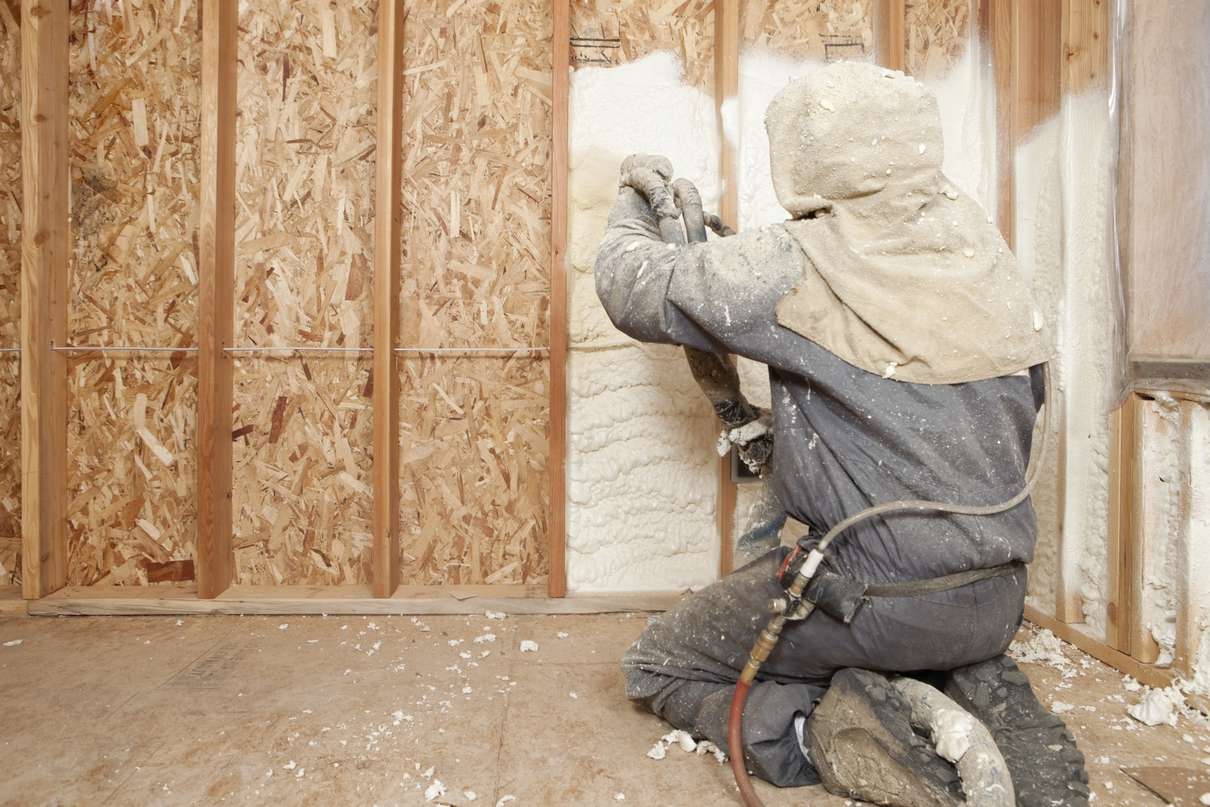
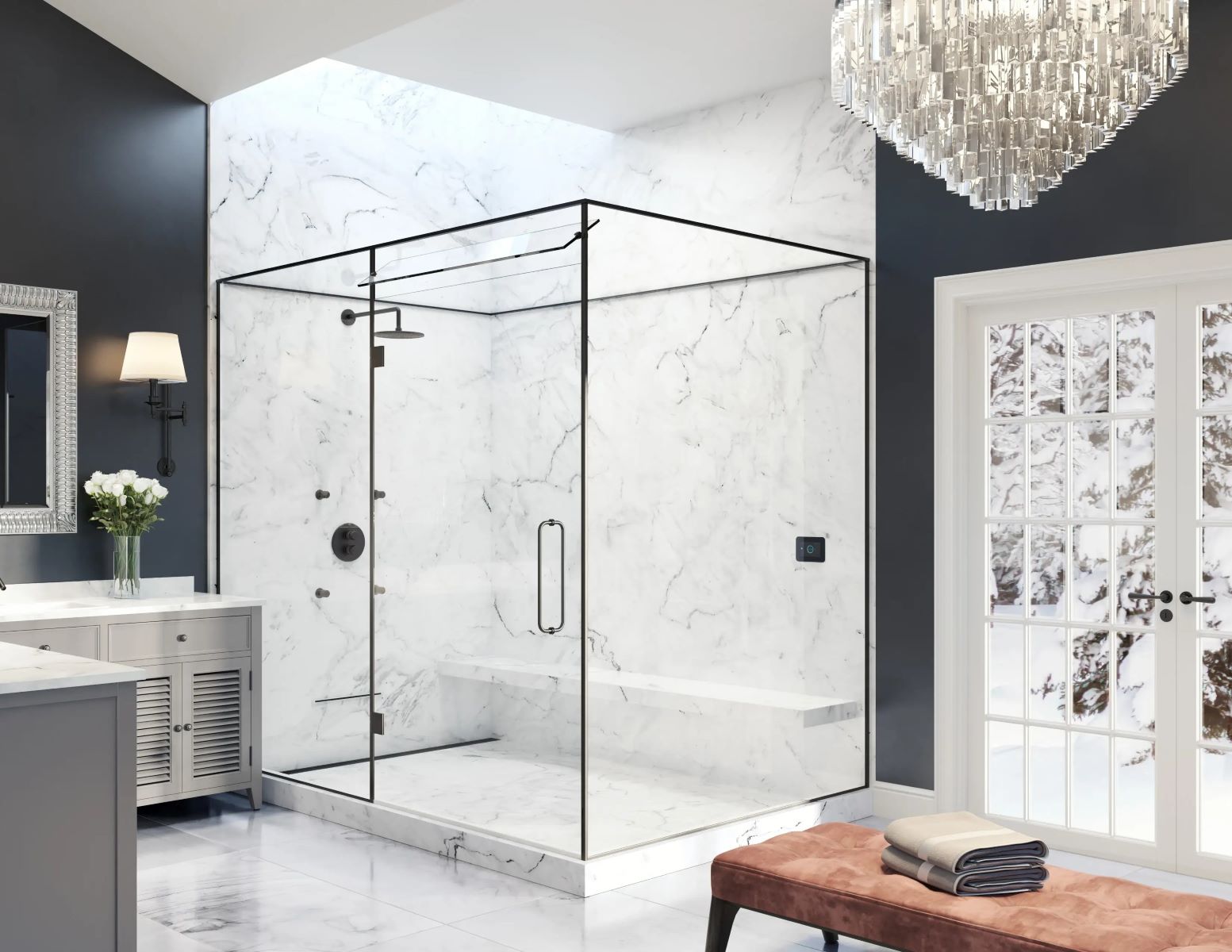
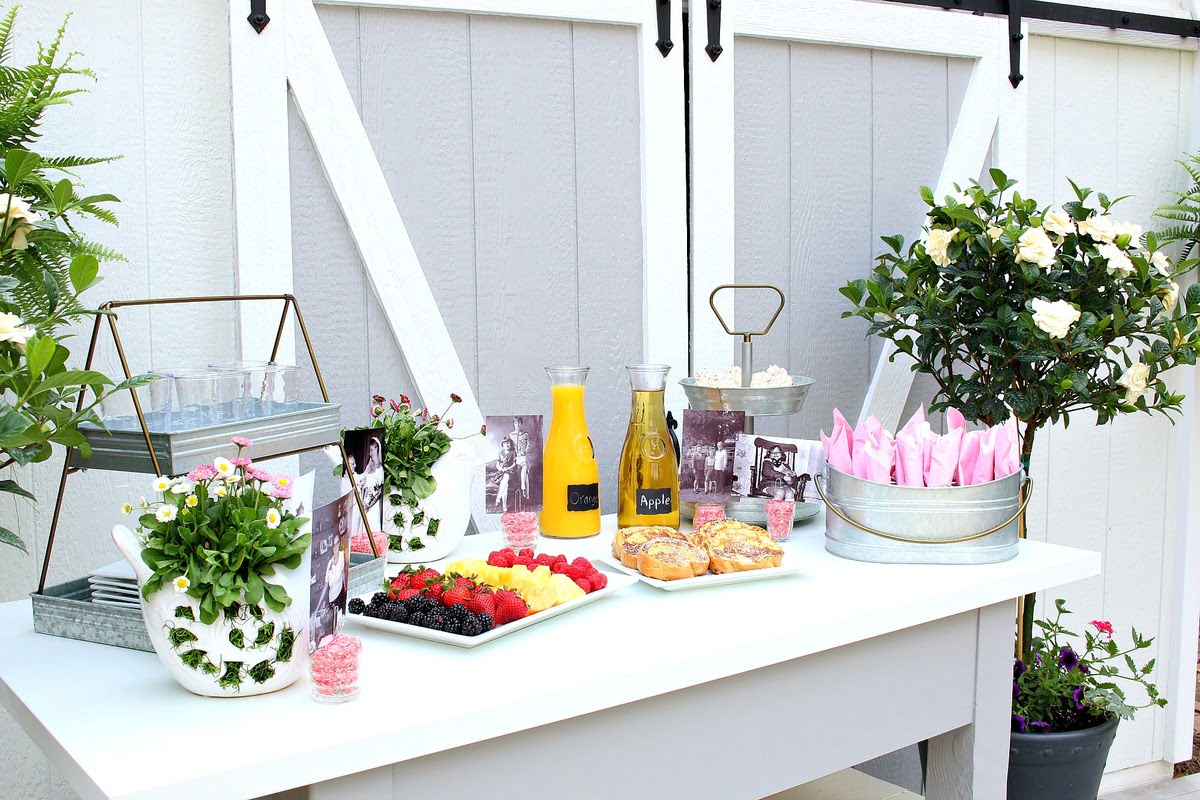
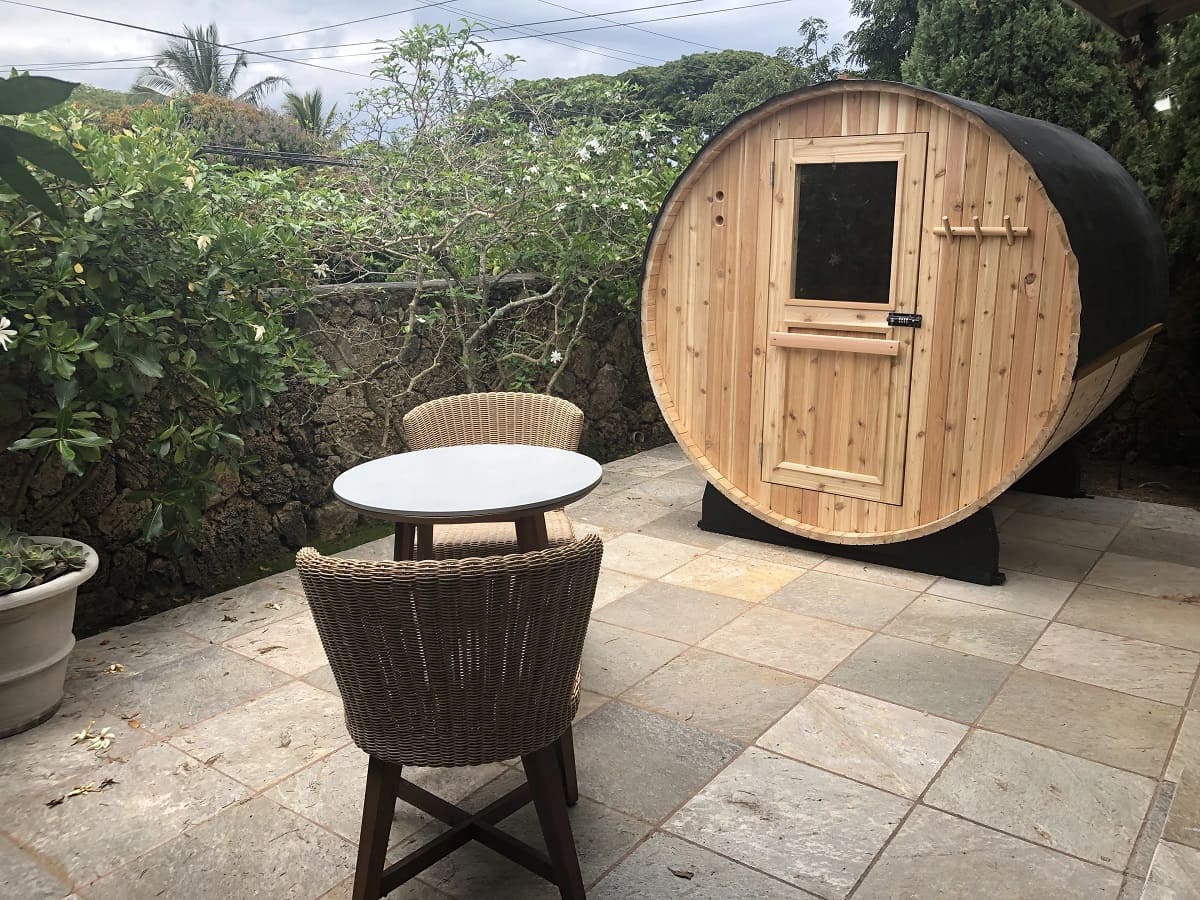
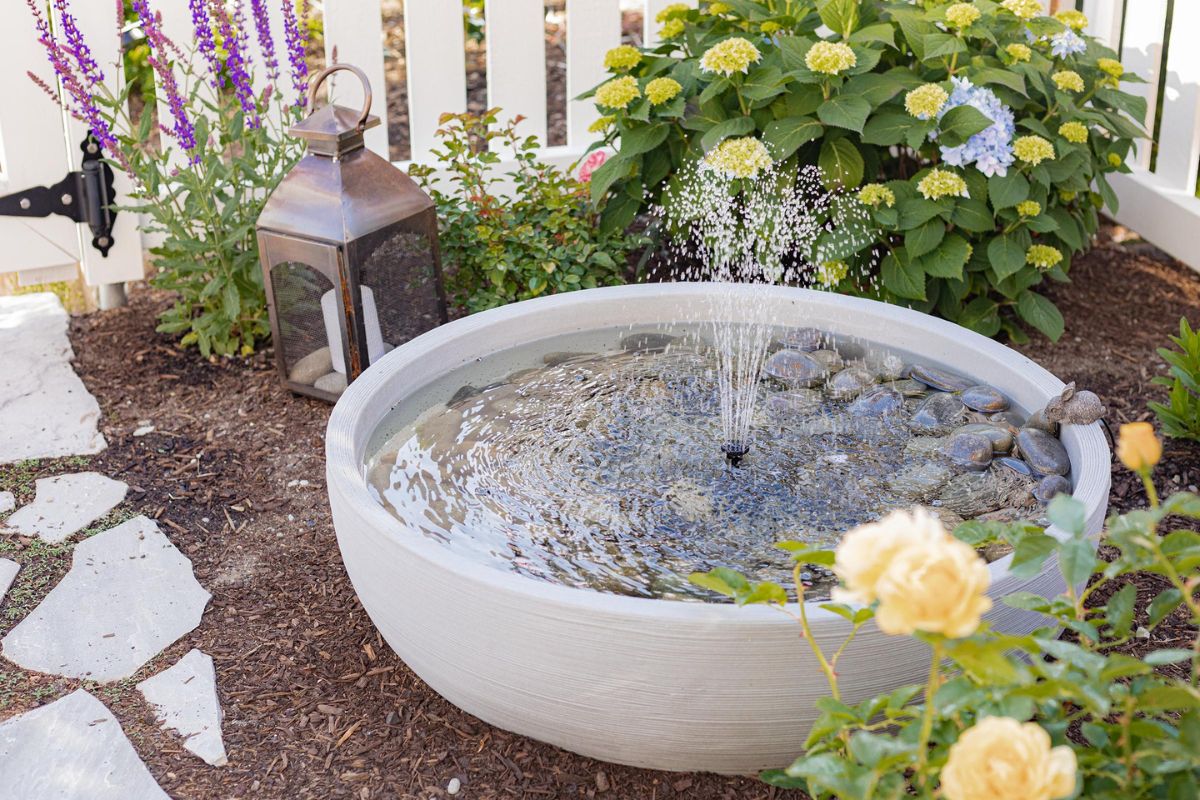
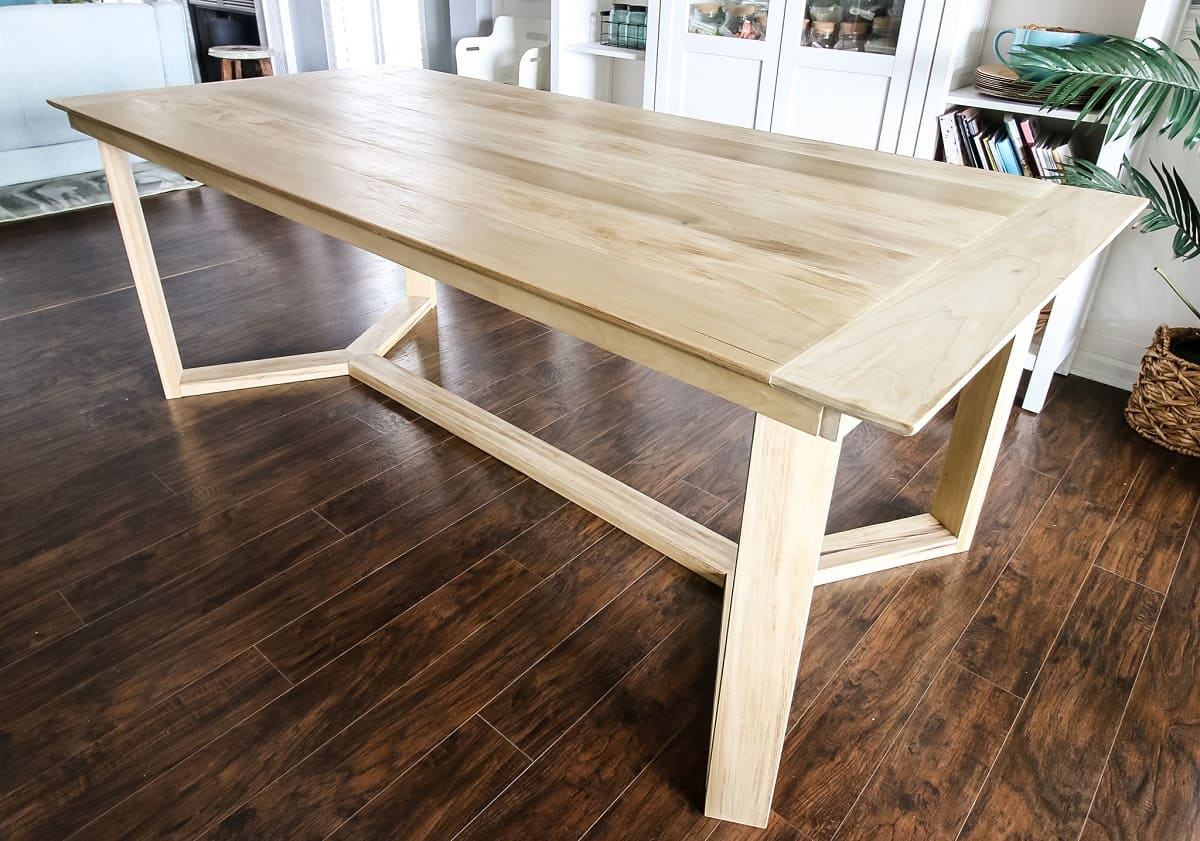

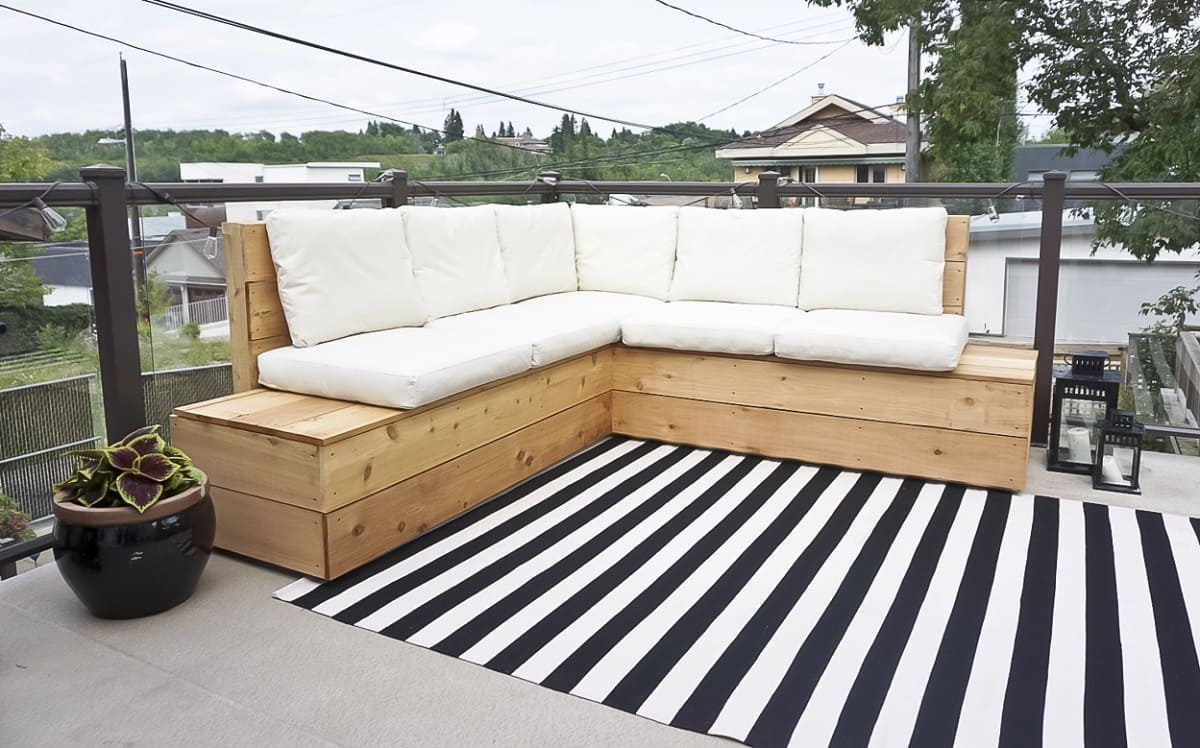
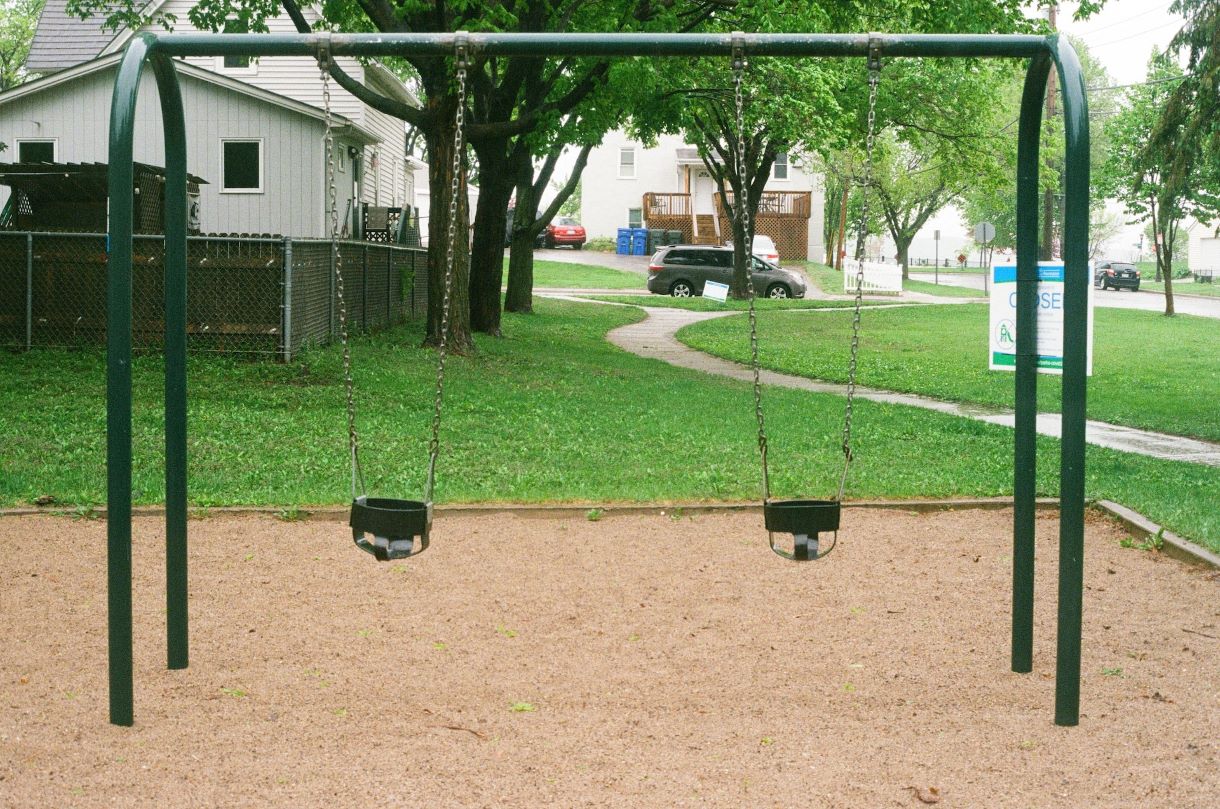
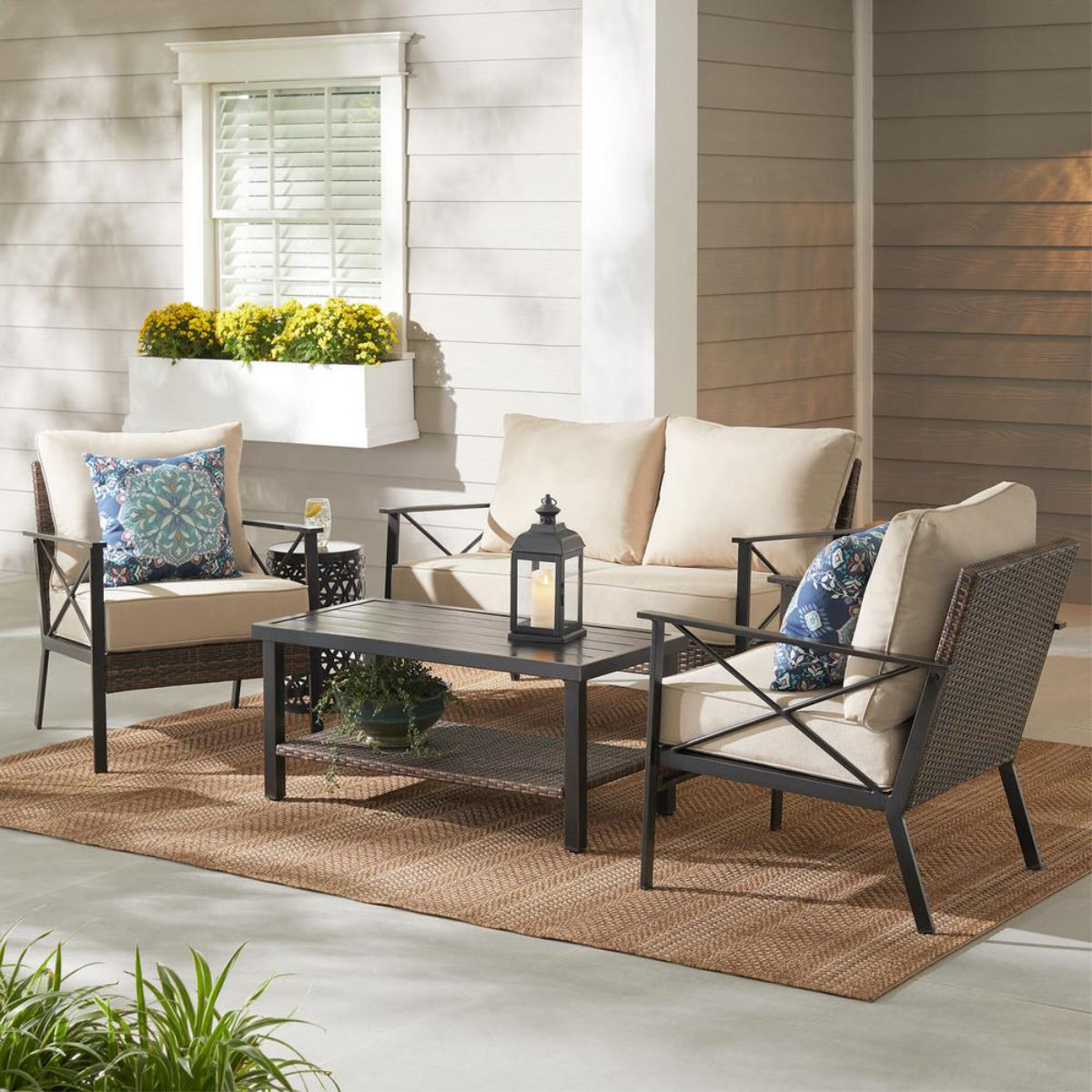
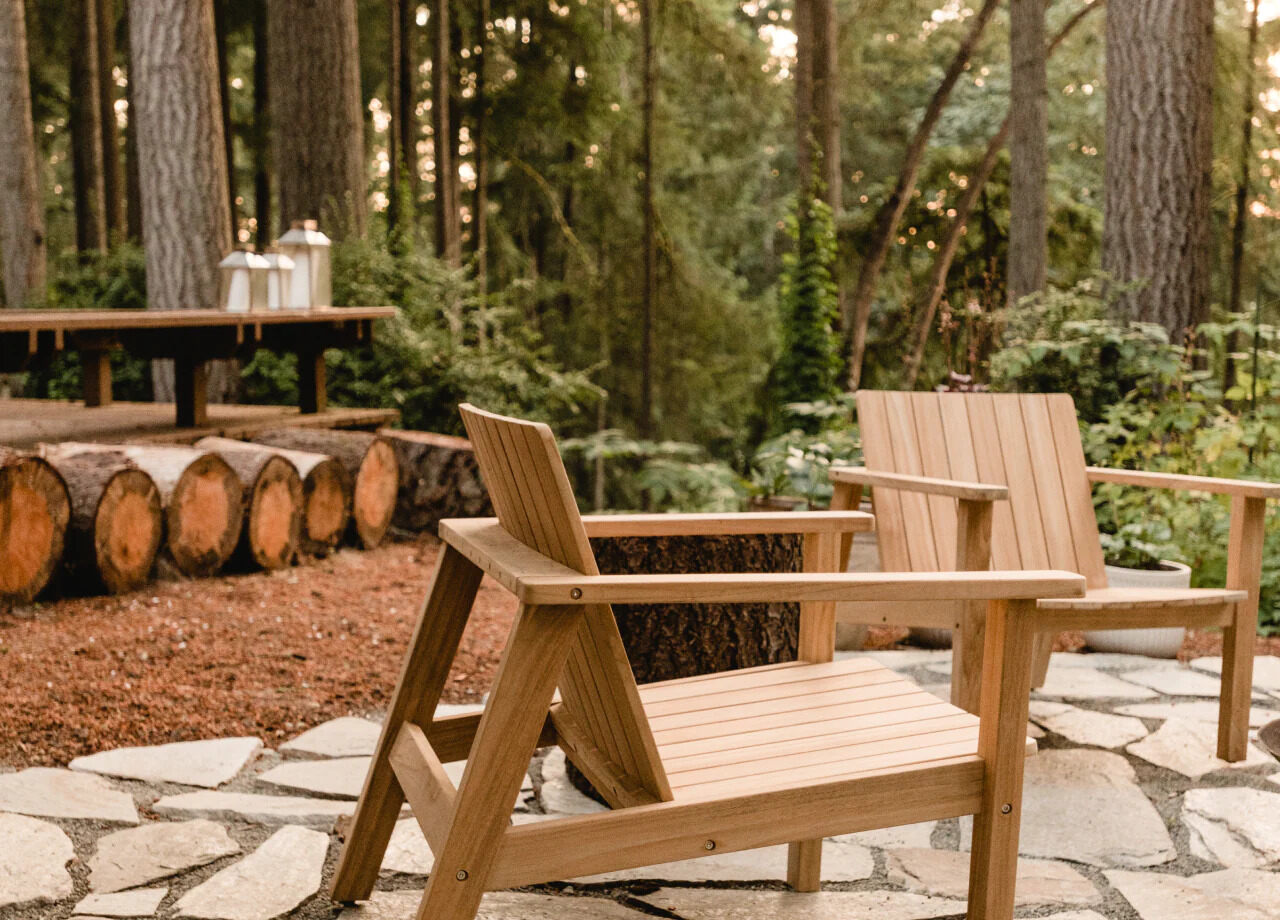
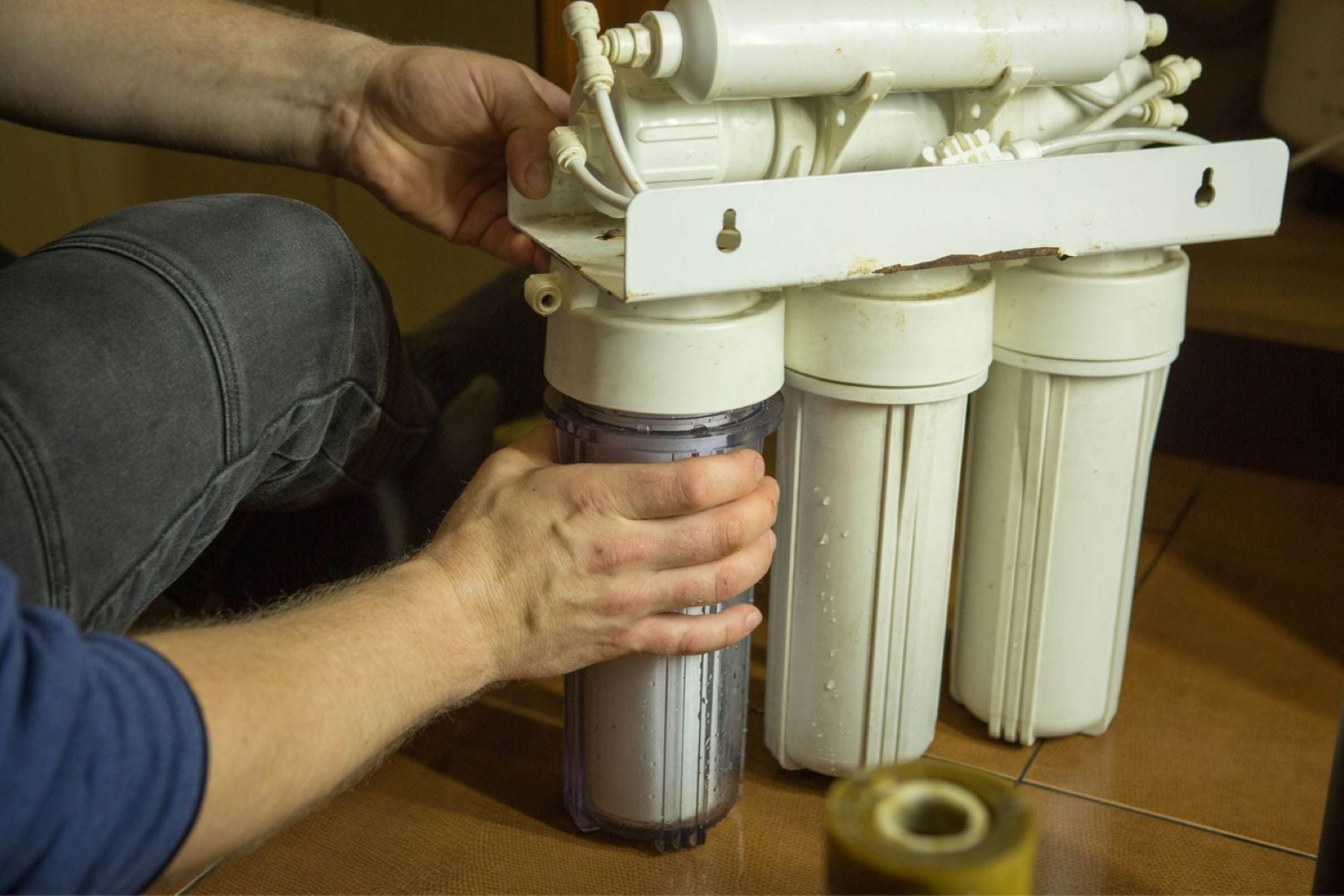

0 thoughts on “How To Build Your Own Patio Furniture”